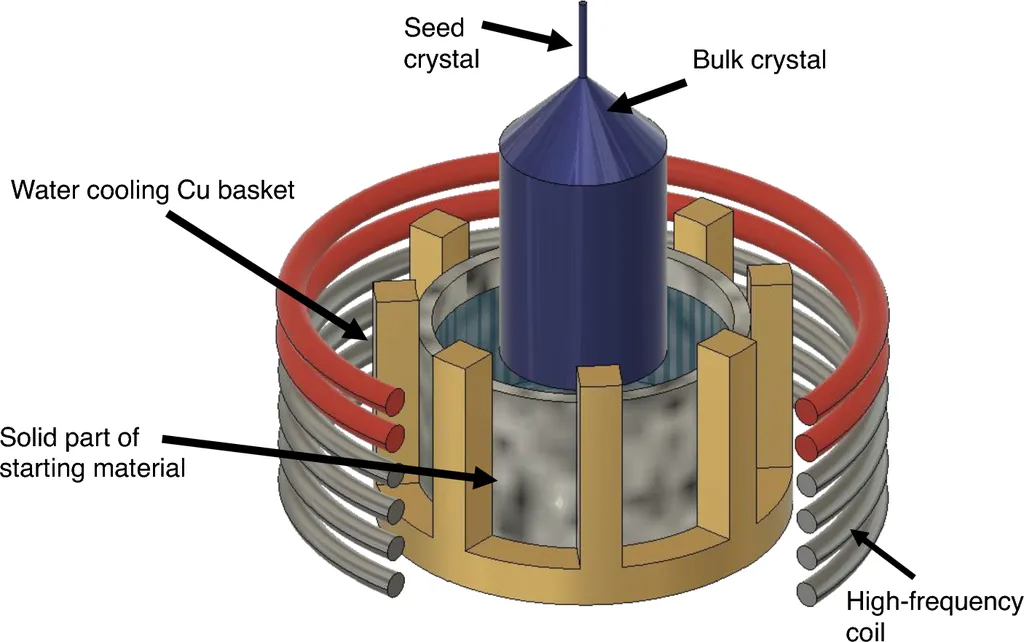In a significant stride towards more efficient and cost-effective power devices, researchers have achieved rapid homoepitaxial growth of β-Ga2O3 using a novel approach. The study, led by Yuichi Oshima from the Research Center for Electronic and Optical Materials at the National Institute for Materials Science in Tsukuba, Japan, leverages HCl-based halide vapor phase epitaxy (HVPE) to grow high-quality β-Ga2O3 layers at unprecedented speeds.
The research, published in the journal *Science and Technology of Advanced Materials* (translated as *Advanced Materials Science and Technology*), demonstrates a growth rate of approximately 14 micrometers per hour on (011) β-Ga2O3 substrates, a rate five to seven times faster than previous methods using Cl2-based HVPE. This rapid growth is a game-changer for the energy sector, where the demand for high-performance, cost-effective power devices is ever-increasing.
“Our findings show that HCl-based HVPE enables the rapid growth of low-chlorine (011) β-Ga2O3, which is crucial for reducing the cost of high-performance power devices with thick drift layers,” Oshima explained. The study highlights the potential for significant cost reduction in manufacturing, a critical factor for the widespread adoption of advanced power electronics.
The researchers compared the properties of layers grown using HCl-based HVPE with those grown using Cl2-based HVPE. Despite the high growth rate, no polycrystalline grains were detected in the HCl-based HVPE layers, ensuring high-quality single-crystalline material. Atomic force microscopy revealed a smooth surface with a root-mean-square roughness of 6.5 nanometers over a 100×100 micrometer area. However, Nomarski microscopy identified pits with a density of approximately 3.7×10^3 cm−2, a feature not previously reported for Cl2-based HVPE. Cross-sectional transmission electron microscopy confirmed the absence of crystal defects or inclusions at the pit bottom, indicating that the pits do not compromise the material’s quality.
X-ray diffraction measurements confirmed the single-crystalline nature of the epitaxial layers, with rocking-curve full width at half maximum (FWHM) values comparable to or smaller than those of the substrate. Secondary ion mass spectrometry revealed a significantly lower chlorine concentration in the (011) layers compared to the (001) layers, further highlighting the advantages of the HCl-based HVPE method.
While the presence of pits requires further investigation, the rapid growth rate and low chlorine concentration achieved through HCl-based HVPE offer substantial benefits for the energy sector. This research paves the way for more efficient and cost-effective power devices, potentially revolutionizing the field of power electronics.
As the world continues to seek sustainable and efficient energy solutions, advancements like these are crucial. The work of Oshima and his team not only pushes the boundaries of material science but also brings us closer to a future where high-performance power devices are both affordable and widely accessible. The implications for the energy sector are profound, promising to drive innovation and support the global transition to cleaner, more efficient energy systems.

